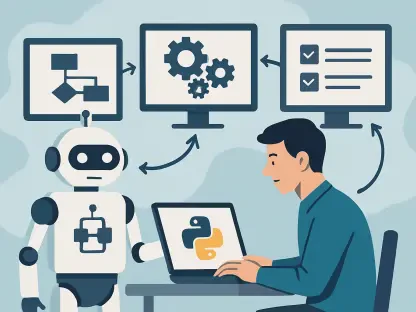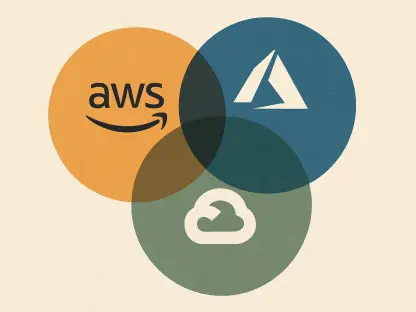Dive into the world of user experience design with Vijay Raina, our esteemed expert in enterprise SaaS technology and software design. With a deep background in crafting innovative solutions and providing thought leadership in software architecture, Vijay brings a wealth of knowledge to the table. In this engaging conversation, we explore the evolution of personas in UX work, the shift from traditional to functional approaches, the transformative role of AI in persona development, and the practical strategies for making personas a dynamic part of digital projects. Join us as Vijay shares actionable insights and real-world examples to help teams create user-centered designs that truly resonate.
How do you see the core differences between traditional personas and functional personas shaping UX design?
Traditional personas often get hung up on surface-level details like age, income, or job titles, which are more relevant for marketing than design. They paint a picture of who the user is, but not necessarily what they need. Functional personas, on the other hand, zero in on the user’s goals, tasks, and pain points. They’re about understanding what someone is trying to achieve and the obstacles they face. In UX, this shift is huge because it ties directly to design decisions—whether it’s simplifying a workflow or addressing specific user questions through content. It moves us from guessing to actionable insights.
What makes personas, especially functional ones, still relevant for digital project teams today?
Personas remain a critical tool because they create a shared understanding across teams. When everyone—from designers to developers—has the same reference point, it cuts down on miscommunication and keeps the focus on user needs. Functional personas, in particular, help teams prioritize by asking, “Does this feature or change help our user complete their task?” If not, it’s probably not worth the effort. They also reduce endless debates by grounding decisions in user goals rather than personal opinions or assumptions.
Can you share some of the key advantages of adopting functional personas over the traditional approach?
Absolutely. For startups, functional personas are a game-changer because they’re lightweight and quick to build, saving precious time and resources. For larger enterprise teams, they keep complex projects anchored to what truly matters—user tasks and friction points—rather than getting lost in scope creep. Another big plus is how easy they are to update. Since they’re not bogged down by demographic data that changes or becomes irrelevant, you can refresh them without starting from scratch every time. They stay tied to outcomes, directly informing user flows and product decisions.
What are some hurdles you’ve encountered when working with functional personas, and how do you overcome them?
One common challenge is ending up with too many personas, which can dilute their usefulness. I tackle this by merging personas until each one distinctly influences a design or content decision—three strong ones are better than seven vague ones. Another issue is when stakeholders insist on including demographics that don’t impact behavior. I push back by explaining that we should only include details that affect user actions, and if needed, suggest separate personas for marketing purposes. Lastly, data gaps can be tricky. When that happens, I clearly mark assumptions and validate them through quick user interviews or surveys to ensure we’re not building on shaky ground.
How has AI reshaped the way you develop personas for UX projects?
AI has been a massive accelerator in persona creation. It can process a huge volume of existing data—think surveys, analytics, support tickets, or even public online conversations—and pull out patterns in user needs and behaviors. I feed AI tools all sorts of inputs, from messy notes to structured reports, and it helps synthesize them into clear themes. It’s especially useful for spotting user segments based on tasks or pain points, not just demographics. Plus, AI can draft initial personas or user journeys in minutes, which lets us iterate faster with stakeholders and refine based on feedback.
What limitations do you see in relying on AI for persona creation, and how do you address them?
AI isn’t perfect. One big limitation is the risk of it generating unrealistic or fabricated information—sometimes called hallucinations. To counter this, I always ask AI to provide reasoning or sources for its outputs and cross-check them against real data or insights from customer-facing teams. Another limitation is that AI can’t fully replace human validation. I make it a point to test AI-generated personas with real users or share them with colleagues who interact with customers daily, like support staff. This ensures the personas aren’t just theoretical but grounded in reality.
What advice do you have for our readers looking to integrate functional personas into their UX workflows?
My biggest piece of advice is to keep it simple and actionable. Start by focusing on what your users are trying to do, not who they are. Build personas around tasks, questions, and pain points, and use whatever data you already have—don’t wait for perfect research. Leverage AI to speed things up, but always validate with real user feedback. Finally, treat personas as living tools, not one-off documents. Reference them in design reviews, content planning, and even when setting KPIs. Schedule regular updates to keep them relevant, and you’ll see them transform how your team approaches user-centered design.









